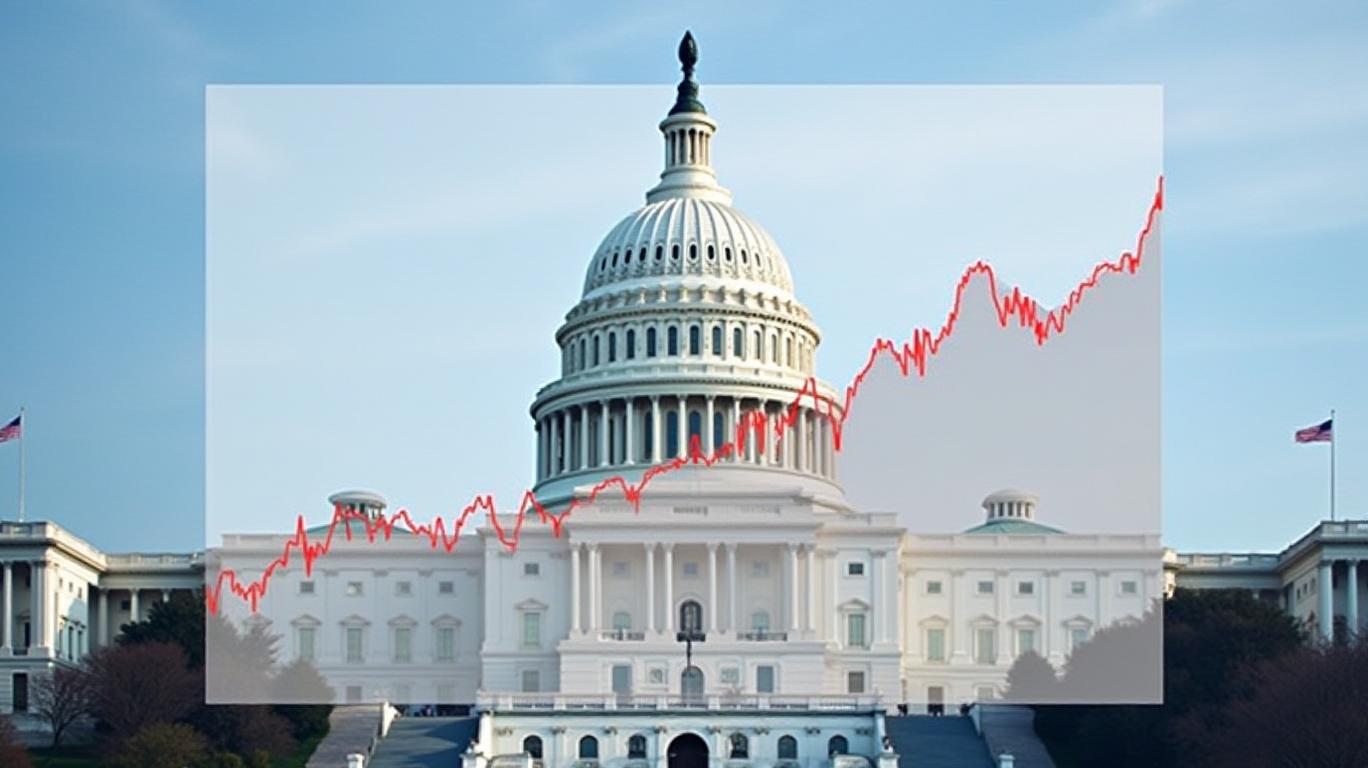Fed's Data-Driven Dilemma: Hammack Highlights Uncertainty Ahead of June Policy Decision
Federal Reserve Bank of Cleveland President Beth Hammack’s recent emphasis on data dependency has crystallized the central bank’s cautious approach to monetary policy. With key economic indicators due before June 2025, investors must parse a labyrinth of mixed signals—from trade-related inflation to a fragile labor market—to anticipate the Fed’s next move. Hammack’s remarks underscore a pivotal truth: clarity will be hard to find, and patience is the watchword.
The Fed’s Balancing Act
Hammack’s May 7 speech framed the Fed’s dilemma: inflation remains elevated at 2.6% (core PCE), while GDP contracted by -0.3% in Q1 2025. Her call for “waiting for additional data” reflects the dual mandate challenge: tighten too much, risk a slowdown; ease too soon, let inflation spiral.

The Fed’s May 2025 decision to hold rates at 4.25%-4.5% was a vote of confidence in this cautious approach. But Hammack’s non-voting status belies her influence; her views mirror internal FOMC debates. As she noted, “when clarity is hard to come by, waiting is
.”Data to Watch Before June
The May schedule is packed with indicators critical to the Fed’s calculus. Here are the milestones investors must monitor:
May 2: Employment Situation Report
The April jobs report (nonfarm payrolls: 177,000) was robust, but manufacturing and trade-related sectors are weakening. . A surprise drop in payrolls or a rise in unemployment could push the Fed toward easing.May 13: Consumer Price Index (CPI)
Core CPI’s March reading of 2.6% is below the Fed’s 2% target but still elevated. Trade-driven price pressures (e.g., tariffs on Chinese goods) complicate the outlook. .May 29: GDP 2nd Release
The initial Q1 2025 GDP estimate (-0.3%) may be revised upward or downward. Net exports—a volatile component—could swing the result. A deeper contraction would amplify calls for rate cuts.May 16 & 30: Michigan Consumer Sentiment
Consumer confidence, tied to inflation expectations, has been resilient. A sharp decline could signal households are feeling the pinch of higher prices and stagnant wages.
Risks and Opportunities for Investors
Hammack’s data dependency mantra creates two scenarios:
Scenario 1: Growth Weakens, Inflation Eases
A softening labor market and falling inflation could prompt the Fed to cut rates by mid-2025. This would boost rate-sensitive sectors like housing and tech.Scenario 2: Inflation Persists, Employment Holds
If prices stay sticky (e.g., due to tariffs) and jobs remain strong, the Fed may keep rates high, favoring defensive sectors like utilities and healthcare.
Conclusion
Investors should prepare for volatility as the Fed’s “wait-and-see” stance prolongs uncertainty. The May data releases—particularly the employment report (May 2) and CPI (May 13)—will be linchpins. A May 29 GDP revision showing a deeper contraction could force the Fed’s hand, but Hammack’s emphasis on patience suggests no move before June.
The stakes are high: the Fed’s next policy shift hinges on whether data resolves the current ambiguity. With trade tensions and tariff impacts clouding the outlook, the path forward remains as unclear as ever. Investors would be wise to diversify across sectors and keep liquidity reserves, ready to pivot as clarity emerges.
As Hammack herself warned, “it’s important to take time to get the policy response correct rather than being fast and wrong.” For now, markets must endure the suspense.

Comments
No comments yet